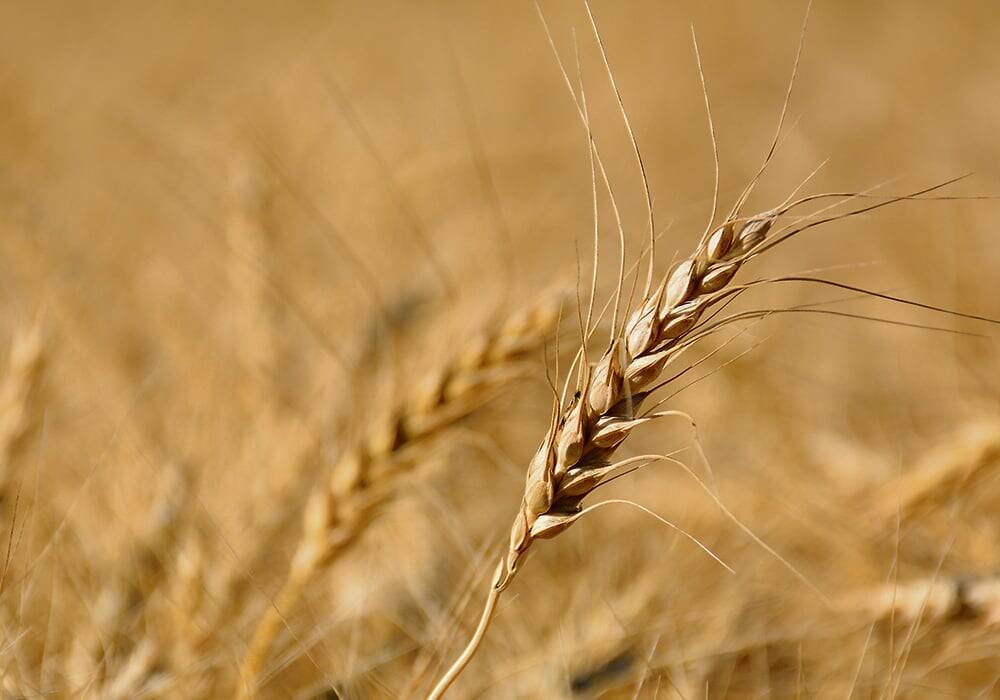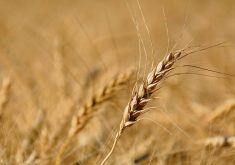Glacier FarmMedia | MarketsFarm – There appears to be very little credibility that will be given to Statistics Canada’s principal field crop report to be issued on Wednesday. The concerns among analysts and brokers include the timing of the report and the use of satellite imagery.
“It’s a model-based estimate to the end of July. It may not capture the effects of that early August heat and dryness,” commented analyst Jon Driedger of Leftfield Commodities about the change in Prairie crop conditions.
“The numbers will be taken with a grain of salt,” he added, noting that some private estimates are likely below the figures StatCan will publish this week.
Read Also

Prairie CWRS bids rise, other wheats mixed
Canada Western Red Spring (CWRS) wheat bids across the Prairie provinces saw some strength during the week ended Nov. 11, taking some direction from the United States futures. However, other wheat classes were mixed.
“Until you see the numbers, you don’t make too many assumptions,” Driedger cautioned.
Broker Ken Ball of Ventum Financial concurred with Driedger.
“I don’t think anybody has got a lot of faith in this [report],” Ball stated.
“The whole point of eliminating the [farmer] survey process was, I presume, to save money and to also speed up the process. That’s not really happening,” he continued.
Ball suggested StatCan might not have reliable estimates on crop production for 2024/25 until the agency’s December report, which will be based on farmer-surveys.
Until then, he pointed to provincial crop reports and a variety of yield estimates are likely to fill the gaps.
“It’s going to be a tough crop to pin down,” Ball said about this year’s canola crop.
A spokesperson for StatCan said in an email that the agency “has done extensive research to determine the feasibility of replacing the traditional survey data with Earth Observation model-based yield estimates.”
“Historical comparisons show that the EO model generally produced estimates of similar or better quality than the traditional survey-based methods for the same period,” they added, noting the agency is confident in the accuracy of the estimates made at the end of July.
“Statistics Canada understands the importance of timeliness in relation to published estimates. We continue to assess the current release strategy for the crop reporting survey, including the feasibility of releasing model-based estimates closer to the reference period,” the spokesperson said.
MarketsFarm senior market analyst Mike Jubinville suggested StatCan could revise its canola production number for 2023/24, by adding 500,000 to 700,000 tonnes to the approximately 18.33 million tonnes the federal agency has been going with.
He noted Agriculture and Agri-Food Canada pegged feed waste and dockage for 2023/24 at a mere 74,000 tonnes, when it would normally be seven to nine times that amount. In AAFC’s July report, feed waste and dockage for 2023/24 canola was pegged at 583,000 tonnes.
Bruce Burnett, MarketsFarm’s director of markets and weather, theorized earlier this summer that a canola harvest in excess of 20 million tonnes was possible. He surmised the estimate based on his crop tour of the Prairies as he made his way to Glacier Farm Media’s Ag in Motion show near Saskatoon.
However, like others in the trade, Burnett took in account the unfavourable weather that a good amount of canola received just as it was blooming. He pegged this year’s canola crop at 19.04 million tonnes, while Ball placed his call at 17.40 million.
Also, Ball estimated the country’s all wheat output for 2024/25 at 34.50 million tonnes, with Burnett higher at 36.23 million. For durum, Ball estimated 5.80 million tonnes and Burnett came to 5.88 million.
As for barley, Ball projected a crop of 7.90 million tonnes while Burnett placed it at 8.18 million. For oats, Ball was at three million tonnes versus 3.43 million from Burnett.
StatCan will follow up Wednesday’s report with another in September, as well as a stocks report, and its final principal field crops report in December, which will include farmer-surveys.
—Updated Aug. 27 – adds comments from StatCan.














